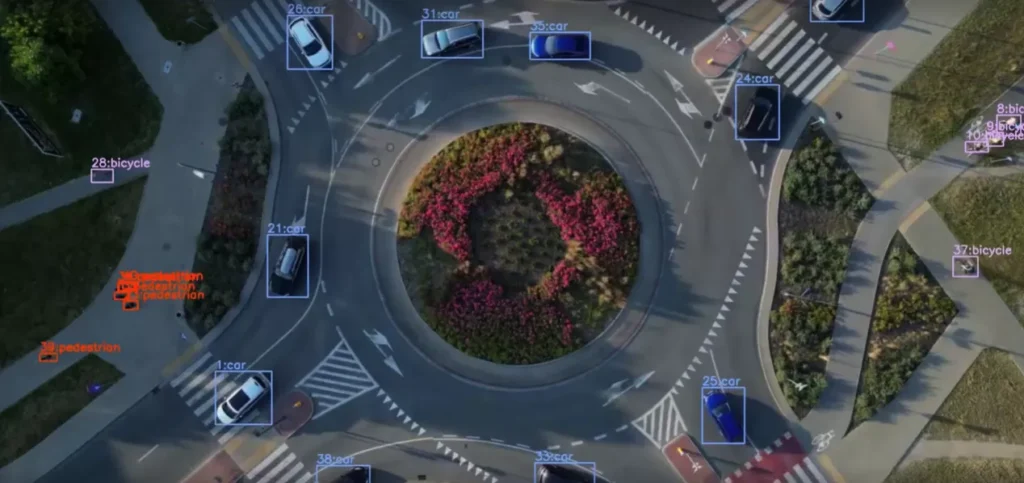
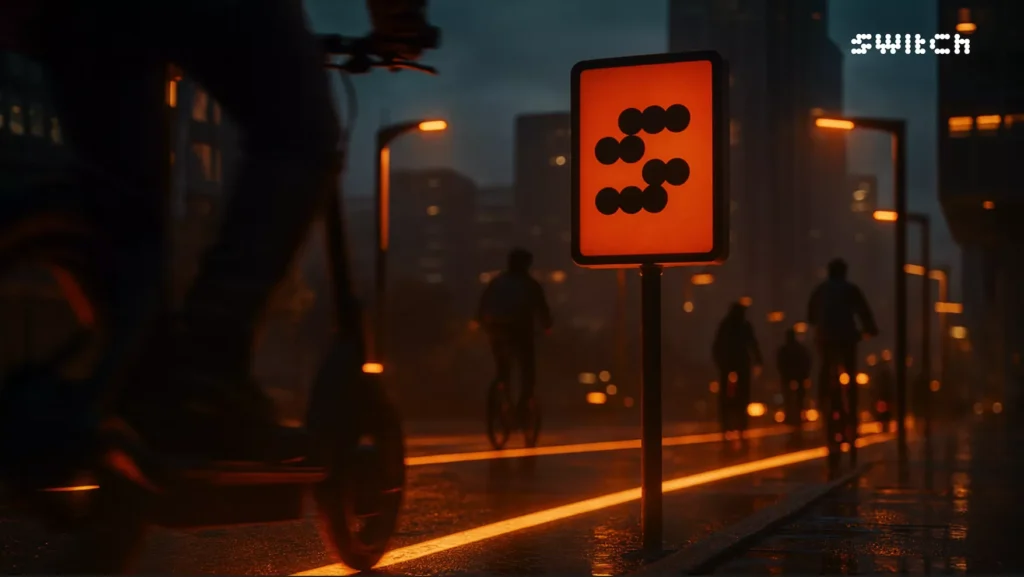
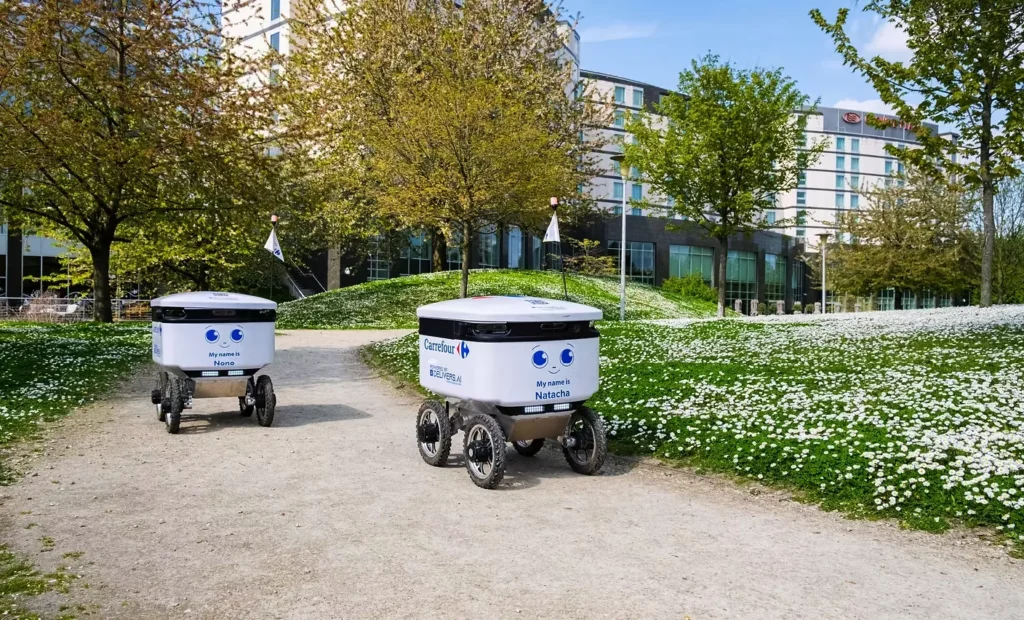
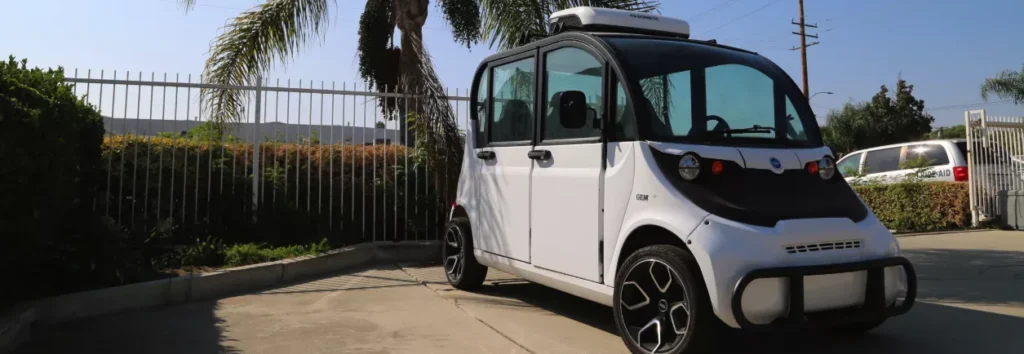
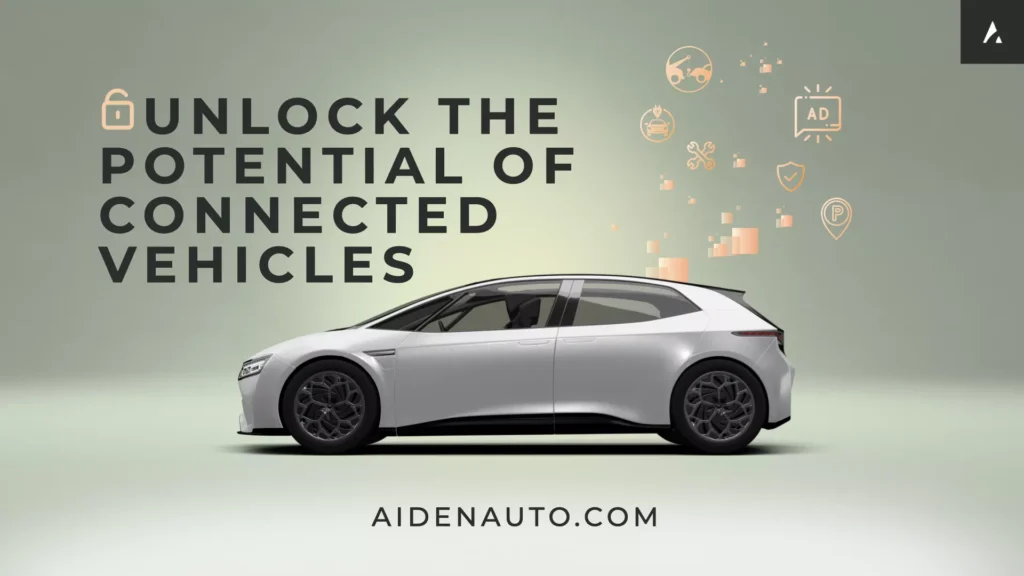





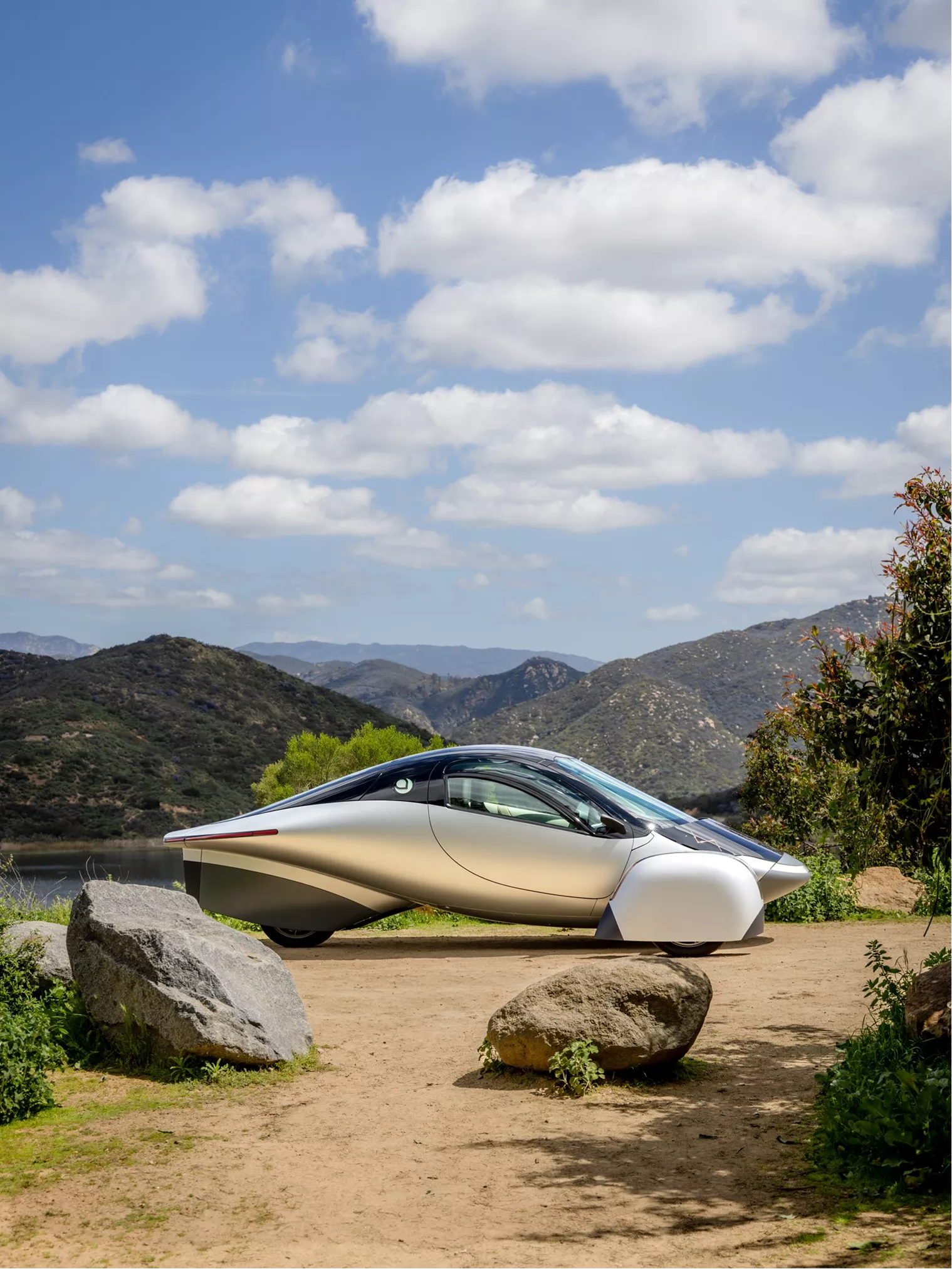
From EVs and batteries to autonomous vehicles and urban transport, we cover what actually matters. Delivered to your inbox weekly.
While most EV owners in the U.S. are thrilled with 150 kW fast charging and hope their local station isn’t broken, China is out here hitting 1,000 to 1,500 kW like it’s no big deal. BYD, CATL, and Huawei are all rolling out charging systems that can add hundreds of kilometers of range in less time than it takes to order a coffee.
If it sounds like overkill, it’s not. It’s fast becoming the new normal for EV infrastructure in China, and it’s setting a bar that’s making Europe and North America look slow.
BYD’s “Super e-Platform” can add up to 400 kilometers (250 miles) of range in just five minutes. It uses a 1 MW (megawatt) system with silicon carbide hardware to cut energy loss and heat. That’s ten times the power of many public chargers in the U.S.
Built for real deployment, the system supports both commercial and passenger EVs.
CATL’s second-gen Shenxing battery claims 520 km (323 miles) of range in five minutes. It’s based on lithium iron phosphate (LFP), which usually trades charging speed for thermal safety and lower cost. Not here. CATL seems to have found a way to keep the chemistry stable while pushing the charging curve way up.
This tech isn’t tied to one automaker, either. Rather, it is positioned as a standard across multiple platforms.
Huawei (yep, the phone company) is now building EV charging hardware, and it’s aiming high. Its new system can deliver 1.5 MW of power. That’s enough to charge a semi, a bus, or, apparently, the EV equivalent of a drag racer.
Huawei says the system supports both passenger and commercial EVs and comes with real-time grid balancing, software-defined load control, and cloud monitoring — basically, it’s a smart charger that thinks like a power plant.
None of this is plug-and-play. Feeding 1 MW+ into a vehicle creates serious pressure on the grid. Without energy storage or load management, this kind of charging can blow out transformers and spike utility costs.
To deal with that, China’s providers are building:
Behind the hardware is a full-blown grid rethink.
While Chinese companies are setting up megawatt-class chargers, most of the U.S. is still figuring out how to keep 350 kW systems online. Tesla’s Superchargers max out around 250 kW. Electrify America? Mostly 150–350 kW, often throttled.
Europe isn’t much further ahead. Permitting delays, grid limitations, and lack of standardization are keeping ultra-fast charging on the back burner.
Super-fast charging changes what EVs can be:
Speed matters, but cost, uptime, and scale matter more.
These chargers are ten times faster than what most drivers see here, and they’re already on the ground.
Specs are great on paper, but they don’t mean much if the infrastructure isn’t there.